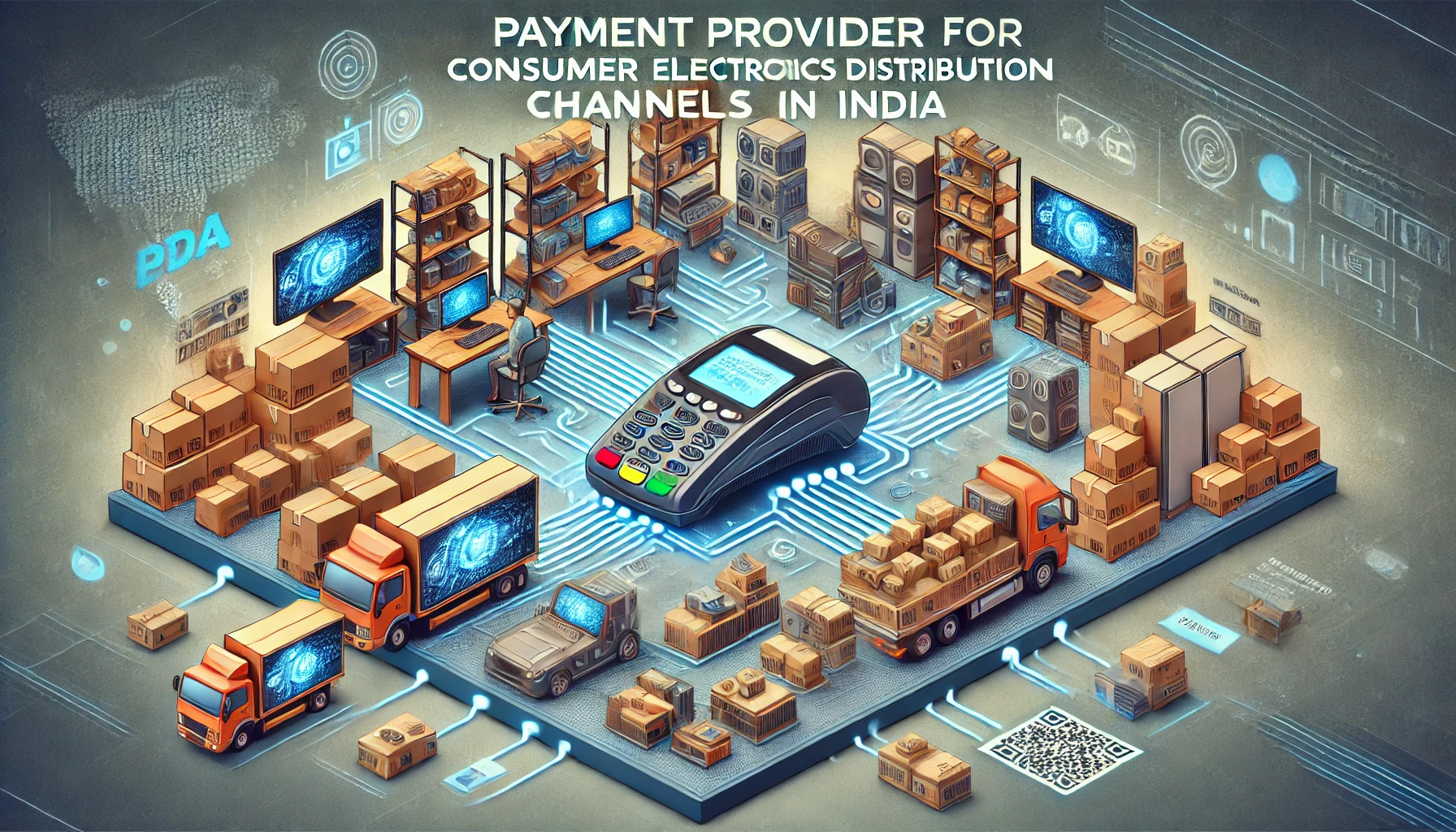AUTHOR-ELIZA FERNZ
Introduction
India, a rapidly developing country with a burgeoning middle class, is home to a booming consumer electronics market. As the demand for smartphones, laptops, smart home appliances, and other high-tech gadgets continues to grow, the role of payment providers and distribution channels in the consumer electronics sector becomes increasingly important. In this blog, we will explore the current landscape of payment providers in India, the dynamics of consumer electronics distribution channels, and how these elements are reshaping the market.
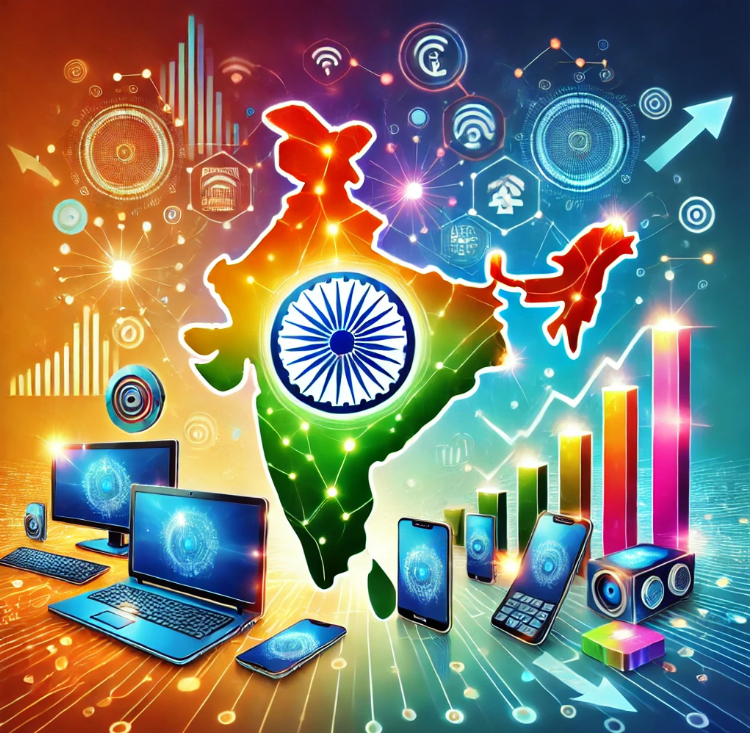
The Growing Consumer Electronics Market in India
India’s consumer electronics market(1) is one of the fastest-growing in the world, with an expected growth rate of over 10% annually. The proliferation of smartphones, affordable internet, and increased consumer disposable income are driving this growth. According to various reports, India is expected to become the third-largest consumer electronics market by 2025. This presents a huge opportunity for both established global players and local companies.
The Role of Payment Providers in India’s Consumer Electronics Sector
In a digitally connected world, payment providers have become a central pillar of the consumer electronics market. The payment landscape(2) in India has evolved considerably in the last few years, especially with the advent of mobile wallets, UPI (Unified Payments Interface), and digital banking. Payment Provider Consumer Electronics Distribution Channels India
1. Unified Payments Interface (UPI) – The Game Changer
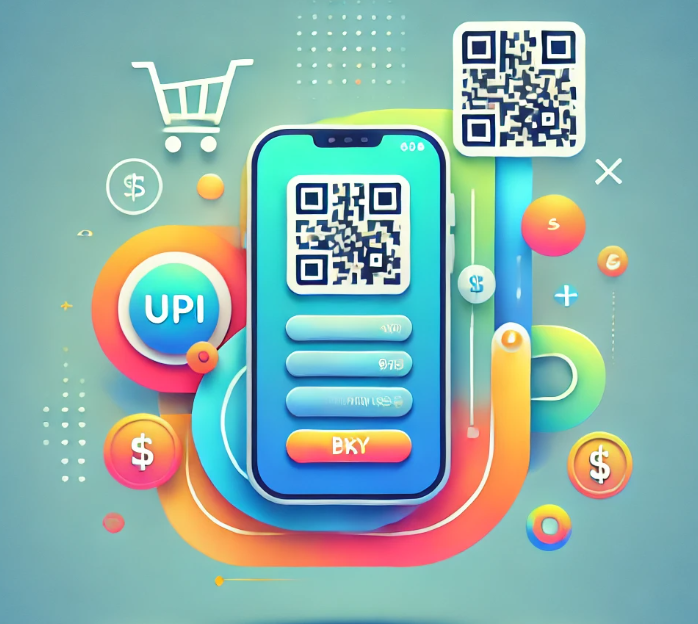
The introduction of UPI by the National Payments Corporation of India (NPCI)(3) revolutionized the payments ecosystem in the country. UPI allows instant money transfers between different banks, without the need for a third-party intermediary. This has dramatically improved the convenience of payments for consumers buying electronics. Adopting UPI as a payment option has opened new opportunities for consumer electronics brands to reach India’s tech-savvy base. Consumers now expect to complete transactions for electronics, like phones, TVs, or appliances, with a few taps on their smartphones.
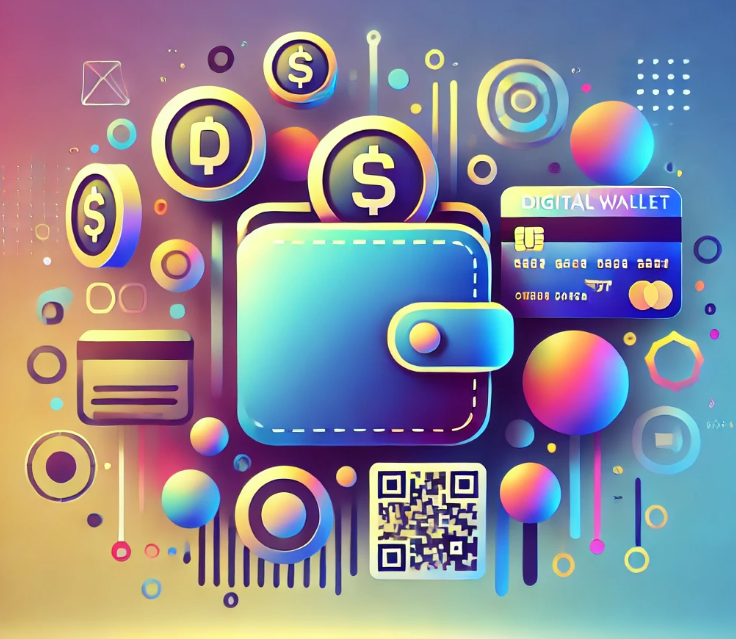
2. Digital Wallets and E-Wallets
Another major shift has been the rise of digital wallets such as Paytm, Google Pay, and PhonePe. These platforms allow users to make instant payments(4), store money, and even earn cashback on their purchases. As more consumers shift towards digital payments(5), e-commerce platforms selling consumer electronics have integrated these payment providers into their checkout processes. Digital wallets play a significant role in increasing the conversion rate for online sales of consumer electronics.

3. Buy Now, Pay Later (BNPL)
Another emerging trend in the Indian payments market is the “Buy Now, Pay Later” (BNPL) service. Companies such as ZestMoney and Simpl allow consumers to make large purchases on consumer electronics with the option to pay in installments. For instance, purchasing a smartphone worth INR 40,000 may be broken down into manageable EMIs (Equated Monthly Installments), making high-value products more accessible to a larger pool of consumers.
4. Card Payments and EMIs
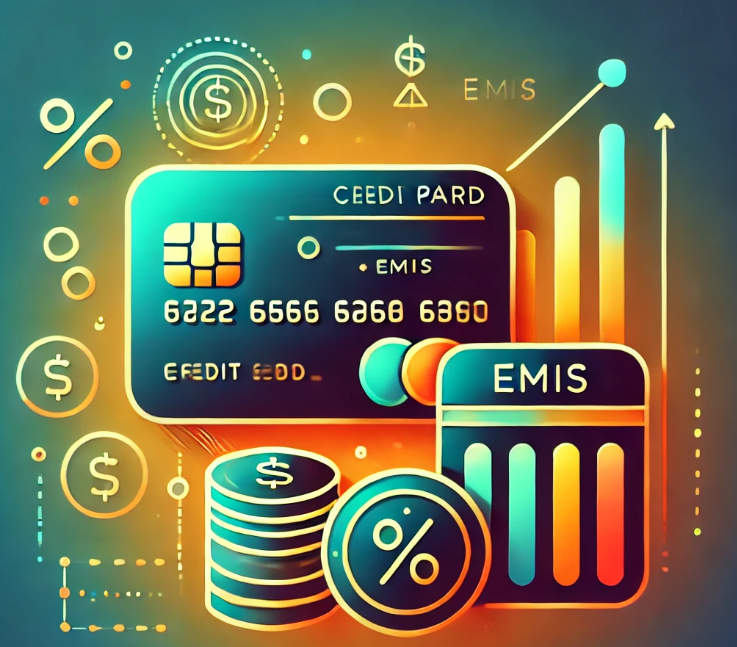
Traditional card payments debit and creditare still popular payment options in India. Payment processors such as Visa, MasterCard, and RuPay have made it easy for consumers to shop online and in stores. To support the consumer electronics market, many financial institutions have teamed up with merchants to offer no-cost EMIs (Equated Monthly Installments) on electronics. Payment Provider Consumer Electronics Distribution Channels India.

5. Cash on Delivery (COD)
Although digital payments have soared in popularity, Cash on Delivery (COD) still plays a critical role in certain demographics. This is particularly true for rural and semi-urban areas where digital literacy is still catching up. Payment providers that offer COD ensure that they cater to a wide range of consumers, giving them a sense of security when making online purchases.
Consumer Electronics Distribution Channels in India
With the surge in demand for consumer electronics, effective distribution channels have become crucial. India’s vast geography, diverse customer preferences, and infrastructure challenges necessitate a multi-layered distribution strategy to ensure the product reaches consumers efficiently.
1. Online Retailers and E-Commerce Platforms
E-commerce platforms like Flipkart, Amazon India, and Snapdeal dominate the online electronics retail market in India. These platforms allow manufacturers and third-party sellers to reach a nationwide audience. The convenience of doorstep delivery, easy returns, and discounts has led many consumers to prefer online channels over traditional brick-and-mortar stores.
2. Traditional Retail Outlets
Despite the growth of e-commerce, traditional retail outlets still play a significant role in the distribution of consumer electronics in India. Large-format stores like Croma, Reliance Digital, and Vijay Sales are popular for their wide range of products and in-store experiences. These retailers often allow customers to physically interact with products before making a purchase, which is especially important for high-value electronics such as laptops, televisions, and home appliances.
3. Distributor and Dealer Networks
In smaller towns and rural regions, local distributors and dealers still hold considerable influence. These dealers often operate independently or as part of a larger network. Consumer electronics brands partner with these regional distributors to ensure widespread availability in tier-2 and tier-3 cities, where large retail chains may have limited penetration. These local distributors can play a key role in promoting digital payment solutions by educating consumers about the benefits of cashless transactions. As India becomes more connected, these dealers are also beginning to integrate e-commerce platforms, offering hybrid shopping experiences for their customers.
Conclusion
The consumer electronics market in India is a dynamic and rapidly evolving landscape. Payment providers and distribution channels play an integral role in ensuring that consumers have access to the latest gadgets in a secure, efficient, and seamless manner. As technology continues to evolve, both payment providers and distribution models will need to adapt to the changing needs of consumers in India. The future of India’s consumer electronics market will likely see further integration of digital payment solutions, An expansion of e-commerce and flexible distribution networks, making it easier for customers to access the latest tech.
FAQs
1. What are the most popular payment methods for purchasing consumer electronics in India?
Popular payment methods include UPI, digital wallets (Paytm, Google Pay), credit/debit cards, Buy Now Pay Later (BNPL), and Cash on Delivery (COD). These methods offer convenience and flexibility for consumers.
2. How does UPI benefit consumers purchasing electronics in India?
UPI allows instant and secure payments directly from bank accounts, making it easy and fast for consumers to purchase electronics online without needing physical cards.
3. How has e-commerce affected consumer electronics sales in India?
E-commerce platforms like Amazon and Flipkart have transformed electronics sales by offering convenience, a wide range of products, and digital payment integrations, making it easier for consumers to buy electronics online.
4. What role do local distributors and dealers play in India’s electronics market?
Local distributors and dealers help reach customers in smaller towns and rural areas, ensuring products are available beyond urban centers and offering a personalized shopping experience.
5. What is the Buy Now, Pay Later (BNPL) model?
BNPL allows consumers to buy electronics and pay in installments, making expensive products more accessible. It’s popular among younger consumers who prefer flexible payment options.

